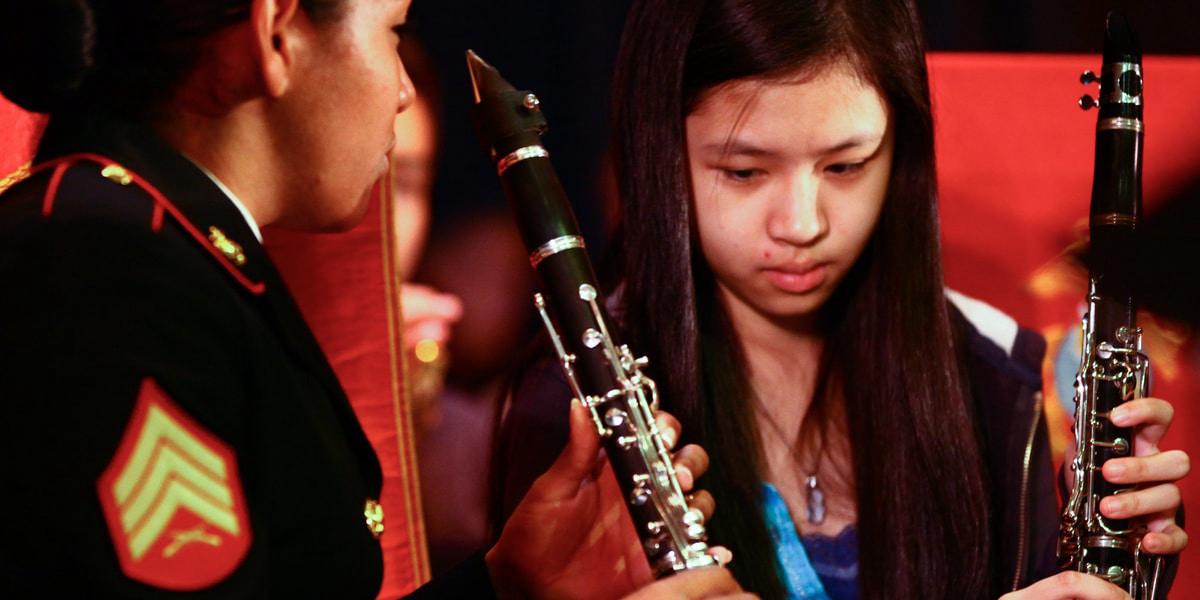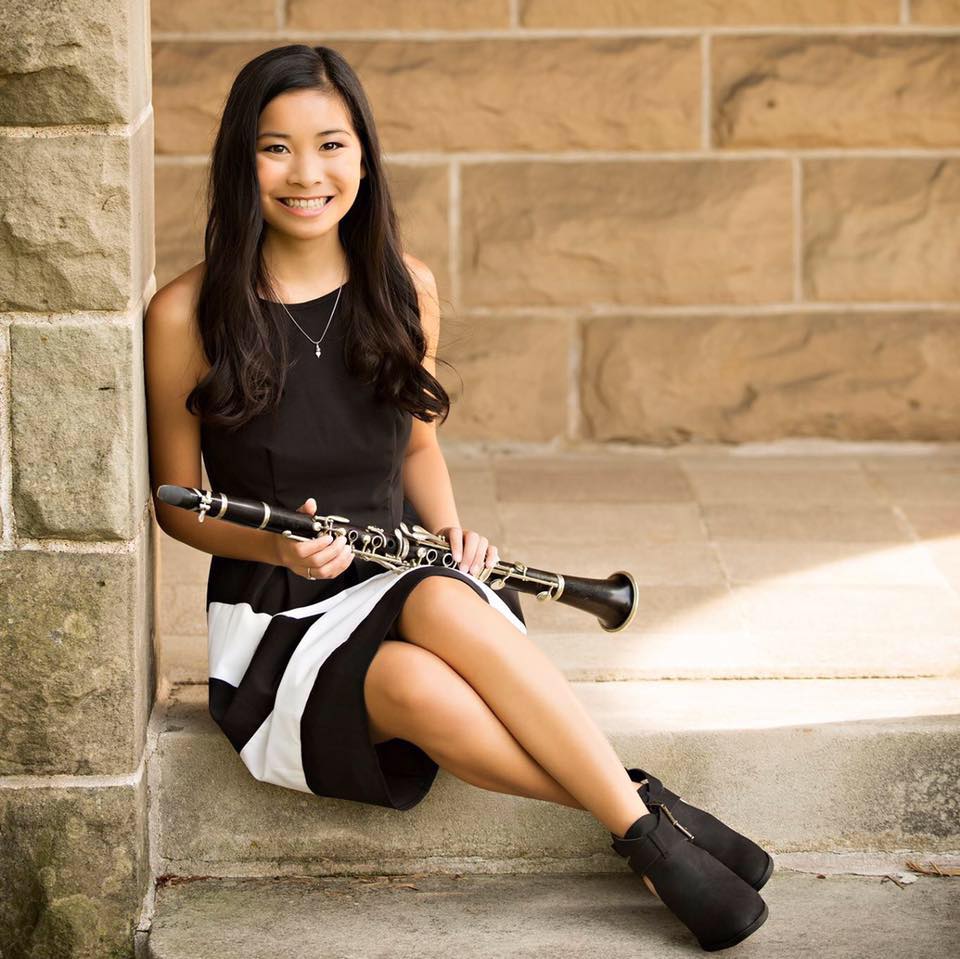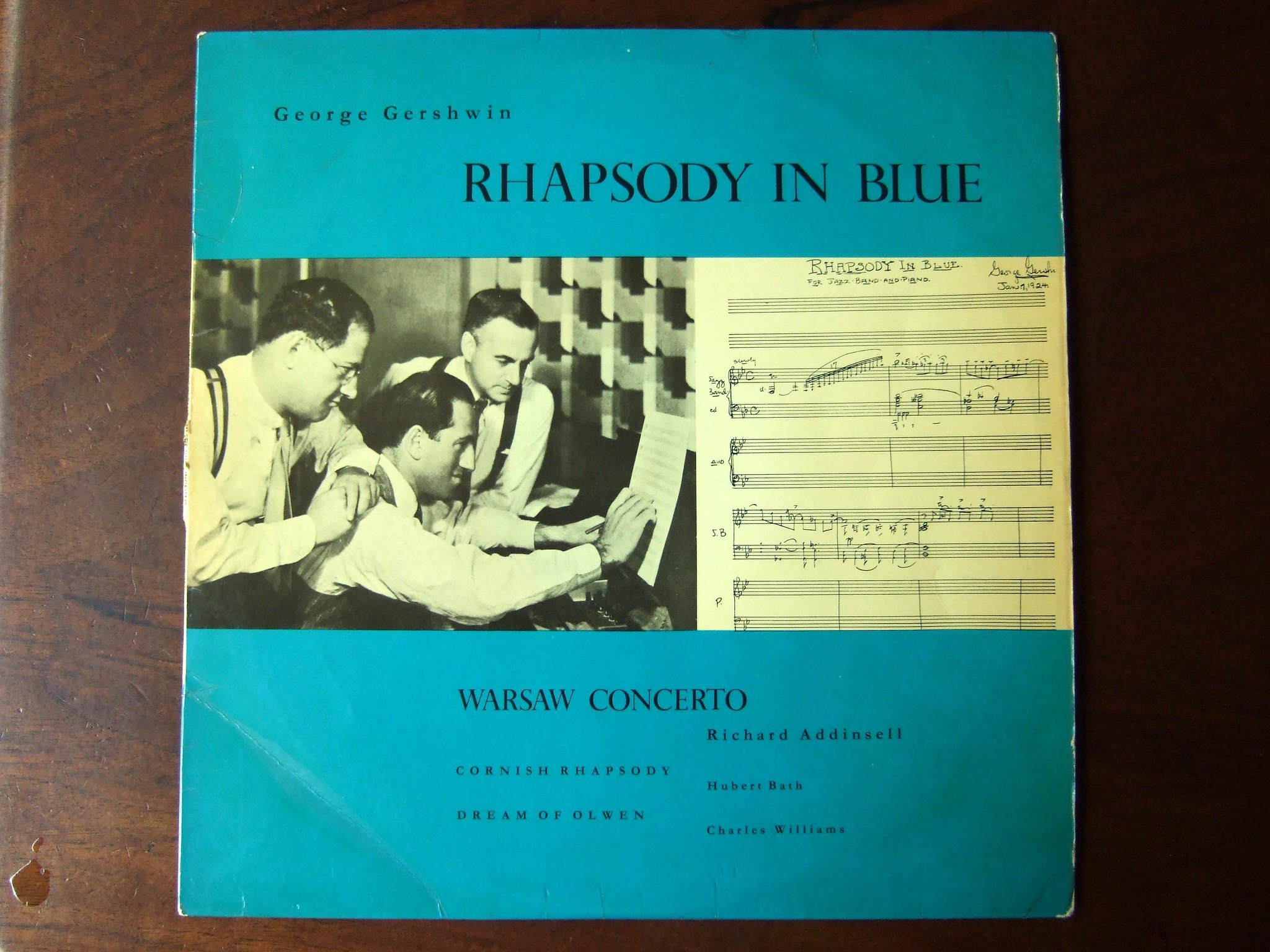If you are curious to know more about the clarinet, this article discusses some clarinet facts that are interesting and fun!
Descended From the Chalumeau
The clarinet was invented in the early eighteenth century, so it is a relatively new instrument to the woodwind family.
The Chalumeau was a woodwind peasant pipe with a single reed and mouthpiece. The chalumeau had seven tone holes and its range extended an octave plus one note. The chalumeau was a popular instrument during the 17th and 18th centuries. It was mainly played in the lower register because it sounded the best in that register.
The clarinet was developed to maintain a rich and powerful sound throughout all three registers. The clarinet also has more tone holes and keys so the clarinet can play a wide range of notes. The lower register of the clarinet is still called the chalumeau register.
It Has a Large Family Tree
There are a total of 11 clarinets in the clarinet family.
-
Sopranino Clarinets in Ab, Eb, and D
-
C Clarinet
-
Bb Clarinet
-
A Clarinet
-
Basset Horn / Basset Clarinet
-
Alto Clarinet
-
Bass Clarinet
-
Contralto Clarinet
-
Contrabass Clarinet
The sound of the sopranino clarinet is very high-pitched, shrill, and can pierce through an ensemble. The Eb Sopranino clarinet is the most popular and is still used in today's concert bands and clarinet choirs.
The Bb soprano clarinet is the most popular clarinet out of all of the members. Beginner clarinetists will always begin on a Bb clarinet. It sets the foundation for clarinet playing.
The bass clarinet is another instrument that is very popular in modern orchestras and concert bands. The bass clarinet offers a low, rich, and full sound that helps support the ensemble. The bass clarinet looks different from the Bb soprano clarinet because it is longer and has curves in the neck and the bell. It is supported by either a neck strap or a floor peg.
The contrabass clarinet is more common in collegiate and professional ensembles. Like the bass clarinet, it provides a very low, rich, and full sound that supports the ensemble. The contrabass clarinet looks like a giant paperclip.
The basset clarinet, alto clarinet, and the contralto clarinet are less common but are still used in ensembles today. These instruments are known as color instruments. Certain composers call for these instruments in their scores to add a specific sound or tone to the music. A clarinetist won't necessarily specialize on one of these instruments, but rather double on the Bb clarinet and one of these clarinets.
Each Register Has Its Own Name
Each register on the clarinet has its own register. This is very unique for the clarinet because many other instruments don't have special names for their different ranges.
Chalumeau
The lowest range, from written E3 to F#4, is called the chalumeau register. This register is named after the chalumeau instrument because the chalumeau's lower register was quite beautiful.
The chalumeau register produces its best sound when the clarinetist has an open oral cavity and a laserbeam airstream.
Throat Tone
The throat tone register, from written G4 to Bb4, is called throat tones because they resonate at the throat of the clarinet. The air doesn't have to travel as far down the clarinet to make the note speak.
These throat tones are known for sounding stuffy and always out of tune. It takes a lot of oral cavity and embouchure control to make throat tones sound good. Clarinetists also use resonance fingerings to help with throat-tone intonation.
Clarion/Clarino
The clarion or clarino register is named for its trumpet-like characteristics. The clarion register starts at written B4 goes until
high C6.
In my opinion, the clarion register sounds very sweet and pure. Unlike the chalumeau register, the oral cavity should be positioned high and the top lip of the clarinet embouchure should be more firm. The airstream should remain strong.
Altissimo
The notes that are higher than C6 are part of the altissimo range. Altissimo is Italian for "extremely high". The notes in this range have a variety of different fingerings. There are multiple fingerings for the altissimo notes to either make the fingering easier or to make the note more in tune. It is a situational decision to know which fingering to use.
Clarinets Are Pitched in Different Keys
The clarinet is a transposing instrument. This means that the notes they produce won't sound the same on the piano, a non-transposing instrument, even if they are technically playing the same note name. For example, if the piano sounds a concert Bb, the Bb clarinet must play a major second up, a C, to sound the same pitch.
An important concept every clarinetist should learn and understand is clarinet transposition. All of the clarinets have the same fingerings, but the notes being produced will be different for each instrument. If a clarinetist sees a written C in a piece of music, the clarinetist will play the fingering for C. However, the C on the Bb clarinet won't sound the same if it were played on an Eb clarinet.
No Spit Valve
Unline brass instruments, the clarinet does not have a spit valve. Spit and condensation should be removed via swabs after each time the clarinet is played. A swab is a very essential clarinet accessory.
Clarinets are Versatile
The clarinet is used in more genres than just classical music. The clarinet became popular in jazz music during the early 1900s.
The clarinet has also been used in rock and pop music. Artists such as Aerosmith, The Beatles, Billy Joel, and Pink Floyd have used the clarinet in their music.
Source of Inspiration for Composers
The unique qualities of the clarinet have been inspirational for many composers.
Mozart wrote his Clarinet Concerto in A Major, K622 for the Basset Horn virtuoso Anton Stadler. Mozart was in awe of how well the clarinet resembled a human voice.
Brahms also fell in love with the clarinet through listening to Richard Mühlfeld, another influential clarinetist. From this encounter, Brahms composed many beautiful works for the clarinet.
Aaron Copland wrote his famous Clarinet Concerto for the famous jazz clarinetist Benny Goodman. This piece includes both classical and jazz characteristics since Benny Goodman was accomplished in both genres.
Famous Solos
The clarinet has many "talents" that allow the composers to give clarinetists many cool solos in pieces.
The most famous clarinet solo that showcases a clarinet technique is George Gershwin's Rhapsody in Blue solo. This solo shows off the clarinet's ability to gliss between notes, bend notes, and vibrato. These techniques are most commonly found in jazz music. They are difficult to play well but very fun to play once you've accomplished them.
The solo happens right away at the beginning.
Another jazzy clarinet solo appears in Frank Ticheli's Blue Shades.
The solo happens at 8:55.
Another well-known clarinet solo is the solo in Frank Ticheli's Angels of the Architecture. This solo showcases the different colors and moods of each register. Ticheli instructs the clarinetist to slowly raise and then lower the end of the clarinet while holding the high E. This technique creates a cool projection of sound.
The solo happens at the time marker 10:00.
John Mackey's Aurora Awakes features the clarinets and the solo clarinetist right at the beginning of the piece. This piece is written to resemble the northern lights. The clarinet solo showcases the clarinet's sweet sound. The solo sits mostly in the clarinet's clarion range which is the range that provides the most beautiful sound.
Later on in the piece when the music shifts gears, the clarinet plays a solo with many syncopated rhythms.




